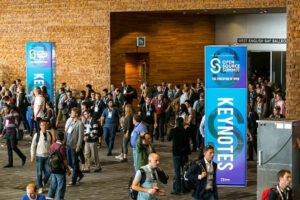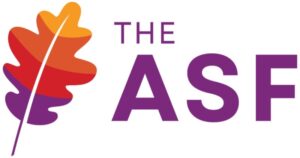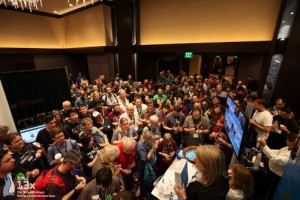Editor’s note: In October, the Raleigh-based All Things Open became one of the first tech conferences in North America to stage an in-person event since the COVID-19 pandemic began in early 2020. Due to the continuing presence of coronavirus, and complications brought about by the Delta variant, this year’s event was “hybrid,” meaning it was presented live and in-person for those who felt safe to travel, and livestreamed for viewing at home for those unable, for whatever reason, to make the trip.
With more conferences now scheduled to return to holding traditional in-person or hybrid events in the upcoming months, we turned to All Things Open’s creator and chairperson, Todd Lewis, who shares some of the lessons he learned about staging hybrid events in the Age of COVID.
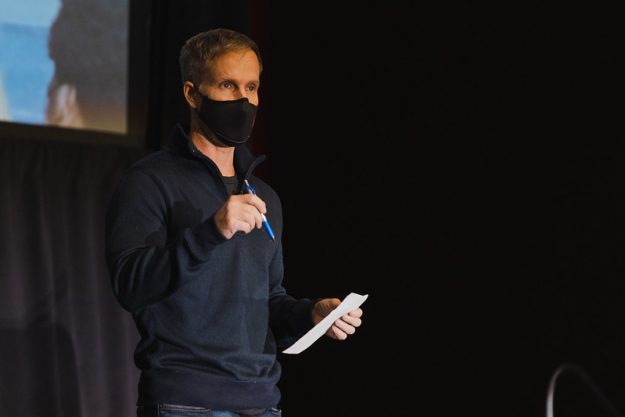
All Things Open 2021 wrapped up about a month ago, and as I look back two things stand out.
First, overall things went well and the outcome was a good one.
I have a tendency to initially focus only on what didn’t go as planned, but I often look back later and realize that the imperfections were far more insignificant than I originally thought, and the outcome far better.
With 30 days now to review the 2021 event, the same pattern holds true this year. Yes, not everything went as planned, but it never does. On the whole, attendees, speakers, and partners genuinely seemed to enjoy themselves and get value from the experience in a variety of ways. I’d call that a success.
The second thing that stands out is that while we did do some things very well, we also got a few things wrong and made our share of mistakes, but from that — both the good and the bad — we learned some valuable lessons.
I’m hoping the five lessons listed below will be of help to other organizers as they navigate a COVID/post-COVID world, even if only a little. This new world we’re living in is a challenge, and COVID is not going away any time soon.
Lesson 1: A hybrid approach results in more work for the organizing team and puts more variables in play. Plan accordingly.
This assumes an organizer is planning a hybrid event, and by hybrid I mean having both an in-person and virtual element. This won’t apply to everyone, as many will host one or the other, not both, but we believe for most, some version of hybrid will be the model moving forward, especially after a year and half of global engagement and community building. It will be difficult to leave that global community behind and return to in-person only, or focus solely on a virtual approach and forever leave in-person behind.
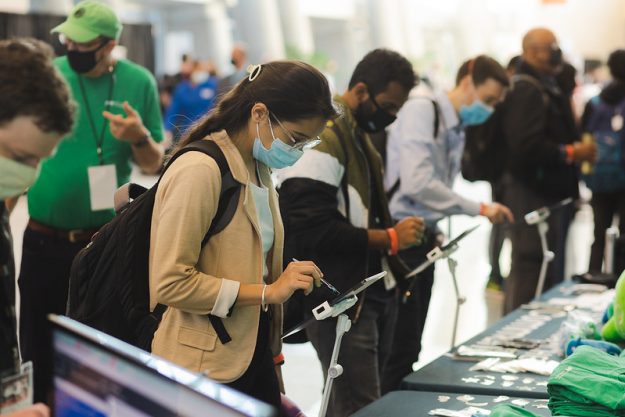
If you plan to host a hybrid event with both an in-person and virtual element, know going in you’re planning two events in essence, not one. More planning hours will be needed, and most likely more people and dollars. Some organizers will have a pliable budget allowing for spending flexibility. However, many will not. Craft your sponsorship prospectus with a hybrid model in mind, or begin having conversations with sponsors and partners well in advance to explain the model and rationale, and what it means regarding expected costs. Again, this is not applicable to everyone, but it is and will be for many.
Lesson 2: Lead with safety. You can never go wrong making safety a top priority.
Above all else, for in-person attendees plan your event in a COVID/post-COVID world with safety in mind. It’s not only practical (you want to reduce potential liability as much as possible), but it’s the right thing to do.
For us, the COVID situation changed dramatically over the months leading up to the conference. It was improving rapidly at the opening of registration, then got much worse due to the Delta variant, then improved significantly in the final month or so, but in the end we decided to err on the side of being “too” safe. It turned out to be a wise choice.
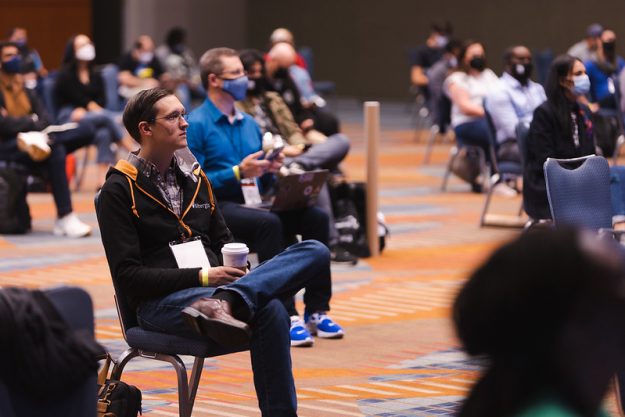
Yes, we heard criticism from some in our community and it most certainly was the reason a few chose not to attend. But you know what? That’s OK. In the end no one reported becoming infected by COVID from our event, and everyone we spoke to in attendance genuinely felt safe knowing we did everything possible to create a safe environment. The result was an extremely positive and happy vibe that permeated throughout. This is vital for a good experience to be had by everyone.
Lesson 3: Everyone on your team will need to be a technologist to a degree.
Many have already learned this over the last 18 months, but moving online/having a virtual component/livestreaming virtual content requires team members to be at a minimum quasi-technical. In an in-person only world, this is not the case, but moving forward in a hybrid world, we believe it certainly will be.
Organizers need to look ahead and hold on to and/or recruit team members that compliment one another, are comfortable in multiple types of environments, and that already know or can learn new technical things quickly. Like everything else, organizing events has rapidly become a more technical endeavor. Plan accordingly.
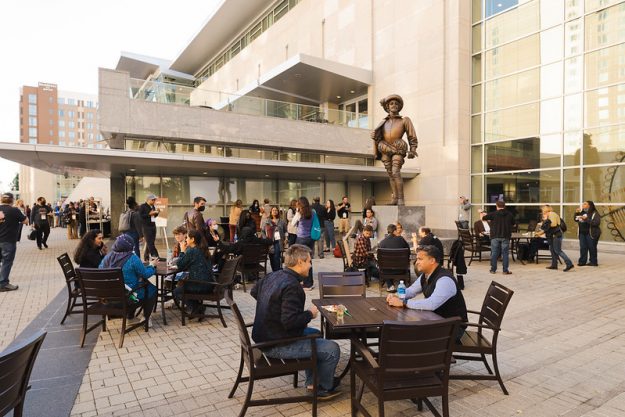
Lesson 4: Expect in-person attendance to be down for a while and slowly rebound.
We knew in-person attendance would be lower than in past years, but we perhaps underestimated how much time it would take attendees to feel comfortable in an in-person setting.
What does this mean for organizers?
For one, you can probably scale back the amount of content you feature in-person, which will impact how much space you need (you’ll need less) and how it is configured. It will also mean that any revenue previously generated by in-person registration cannot be counted on and will be much less than in the past. Understand what that means to your budget, how you will generate revenue, and how what revenue you do generate will need to be allocated.
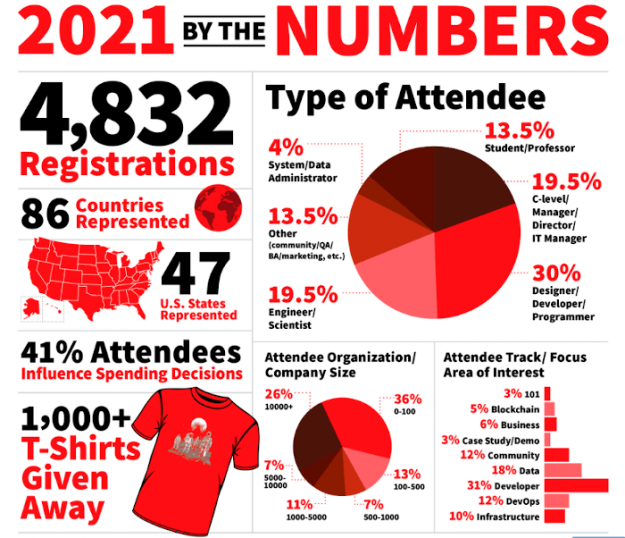
Finally, if in-person attendance is slow to return to pre-COVID levels, the virtual component of any event will likely remain relevant and important for some time to come, so embrace and know it well. We’re planning for a hybrid future for this very reason.
Lesson 5: Your audio-visual team will become vital to the success of your event.
AV is always important, but this holds true now more than ever. In a hybrid world where in-person, onsite sessions are being livestreamed, or vice versa (with remote sessions perhaps being projected onto an in-house monitor), having an experienced AV team is beyond vital. Maybe your existing core team can handle it themselves, but many events will need to hire outside assistance.
Choose team members, contractors, and outside companies very, very carefully. Today’s hybrid model requires a level of expertise and understanding of cameras, lighting, sound, third party video platforms, streaming software, and a general understanding of conference speaker flow well beyond anything seen before.
You would be best served by thoroughly vetting your AV team before the event to ensure that all members of their staff are fully capable and qualified to execute your plan. Remember this: a well-run and otherwise smooth event can be completely derailed by underperforming AV, especially in a hybrid world. Better to understand this on the front end and plan accordingly than realize it on the backend and suffer the consequences.
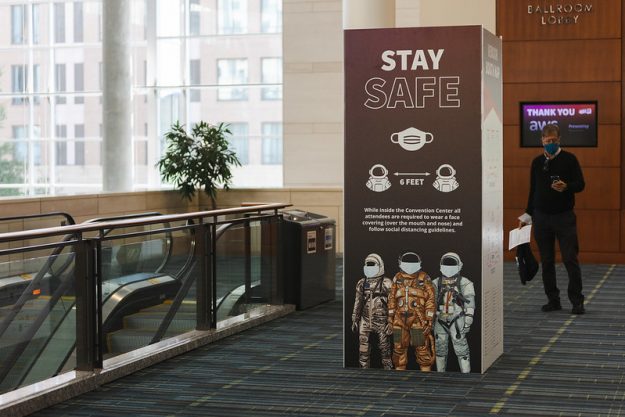
We are happy to report that everyone we met at ATO 2021 (to a person) was thrilled to see human beings again and begin the long road back to normal. In addition, our remote community seemed to genuinely appreciate the content made available on the virtual platform – and our post-event surveys confirm both.
Moving forward, a hybrid approach will serve both the in-person and remote communities well, but it will be a challenge for organizers. I hope these few lessons learned can make that challenge a little easier.

Todd Lewis is the creator and chair of the All Things Open conference, as well as numerous other open source events and meetups. He’s been in the open source space for more than a decade and firmly believes that open source remains a primary on-ramp to opportunity and innovation. He can be contacted at todd@allthingsopen.org.




